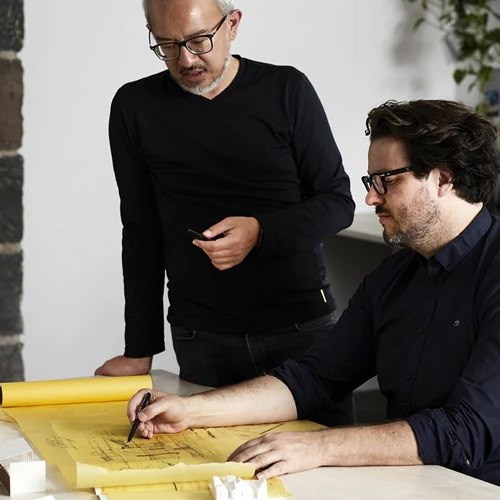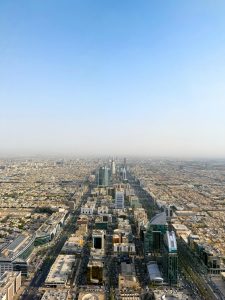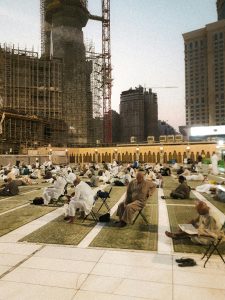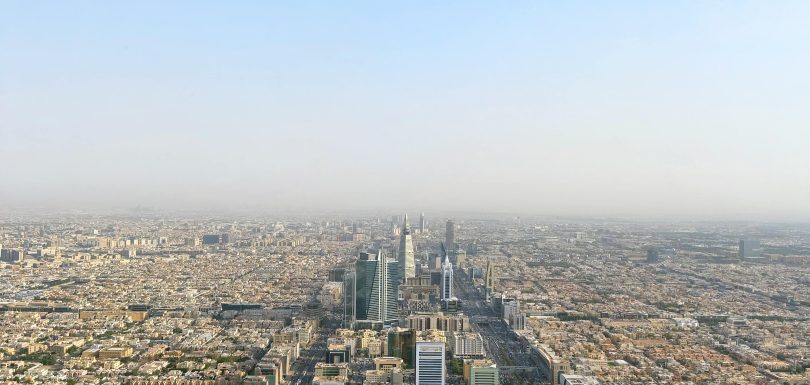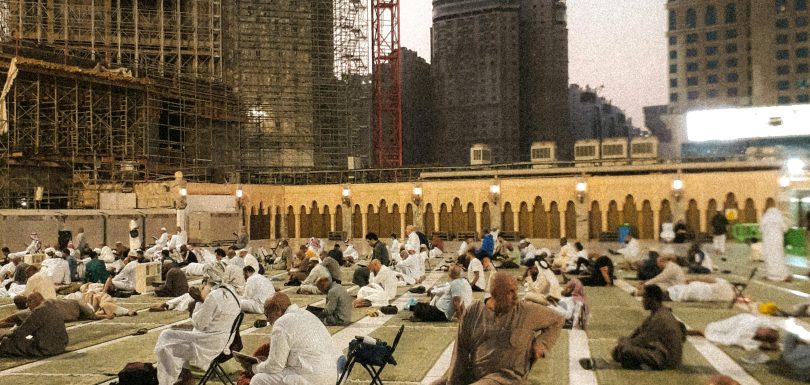The Kingdom of Saudi Arabia is currently witnessing a major construction surge, powered by the ambitions of Vision 2030, major giga‑projects, and strategic infrastructure investment. For construction firms operating in KSA, understanding the evolving market dynamics is essential to positioning themselves for sustainable growth.
Market Overview & Growth Outlook
- The Saudi construction market is projected to grow from about USD 70.33 billion in 2024 to around USD 91.36 billion by 2029, reflecting a CAGR (compound annual growth rate) close to 5.37 %. (marketintelligence.turnerandtownsend.com)
- Another forecast estimates the industry will grow an average of 5.1 % annually between 2025 and 2028, supported by investments in energy, tourism, and infrastructure. (Business Wire)
- In 2025, the market is expected to expand by about 4 %, before accelerating to roughly 5.4 % annual growth from 2026 to 2029. (GlobeNewswire)
- Key segments leading growth include energy & utilities, infrastructure (roads, rail, airports), residential, commercial, and tourism / hospitality. (Meed)
Key Drivers & Trends
- Vision 2030 & Giga‑Projects
The long pipeline of large-scale developments (e.g. NEOM, Red Sea Project, The Line, King Salman Int’l Airport) continues to be a backbone for demand. (Mordor Intelligence) - Infrastructure & Transport Expansion
Saudi Arabia is investing heavily in roads, metro systems, airports, and logistics to support urbanization and connectivity. Infrastructure is forecast to grow ~5.2 % in 2025. (Meed) - Modern Construction Methods & Technology
Adoption of prefabrication, modular construction, BIM (Building Information Modeling), and smart building systems is rising to accelerate delivery, reduce cost overruns, and improve quality. (marketintelligence.turnerandtownsend.com) - Sustainability & Green Building
Environmental certifications (e.g. LEED), energy‑efficient design, eco‑materials, and green construction practices are becoming more mandatory than optional. (lamarabia.sa) - Labor & Skills Constraints
The sector faces a shortage of skilled labor in trades like MEP (mechanical, electrical, plumbing), finishing, and specialized green‑tech roles. (marketintelligence.turnerandtownsend.com)
This has pushed many firms to invest in training, automation, and performance incentives to retain talent. (marketintelligence.turnerandtownsend.com) - Regulatory & Investment Reforms
New laws (e.g. the 2025 Investment Law) are easing licensing barriers and improving foreign investor access, which can boost capital influx into construction projects. (Mordor Intelligence)
Challenges & Risks
- Volatility in material costs (steel, cement, glass) can squeeze margins. (marketintelligence.turnerandtownsend.com)
- Project delays due to approvals, bureaucratic complexity, or financing constraints.
- Tight labor supply may lead to cost escalation or quality trade-offs.
- Budget discipline tied to global oil prices could constrain government spending in some years. (Mordor Intelligence)
Recommendations for Construction Firms
- Embrace digital and modular construction to mitigate labor constraints and accelerate timelines.
- Form strategic partnerships & joint ventures (local + international) to share risks and leverage expertise.
- Focus on sustainability and green credentials to win contracts in competitive bids.
- Invest in upskilling local workforce and retention strategies to build a stable talent pool.
- Maintain financial agility: incorporate contingencies and hedge against material cost fluctuations.
Conclusion
Saudi Arabia’s construction market is entering a phase of sustained growth and transformation. The opportunity for firms lies not only in scale but in adaptability, innovation, and operational excellence. Those who align with the Kingdom’s strategic goals — embracing sustainability, technology, and flexible delivery models — are likely to thrive in this dynamic era.

